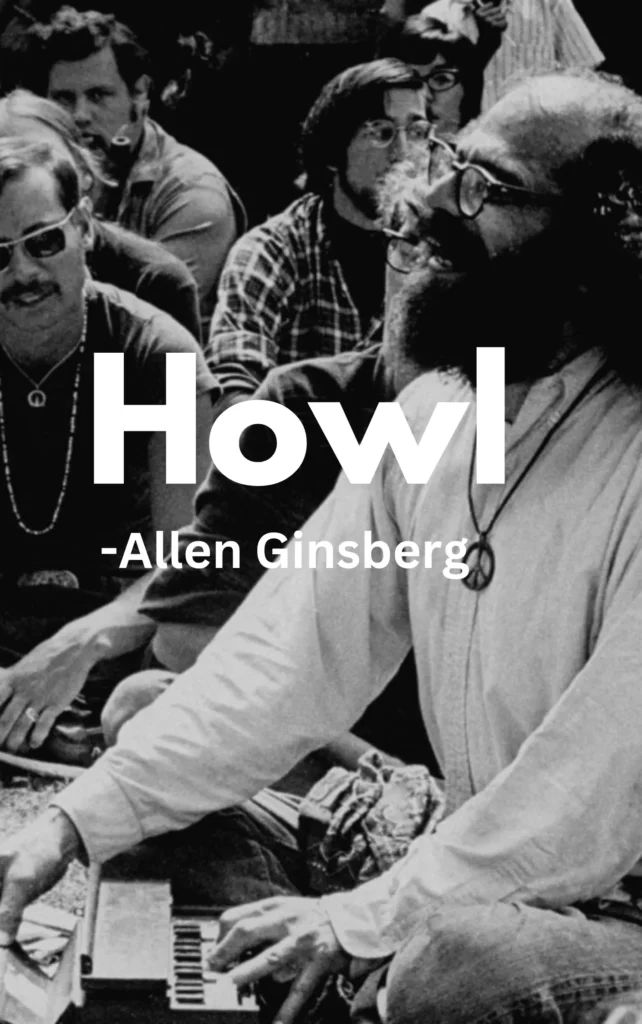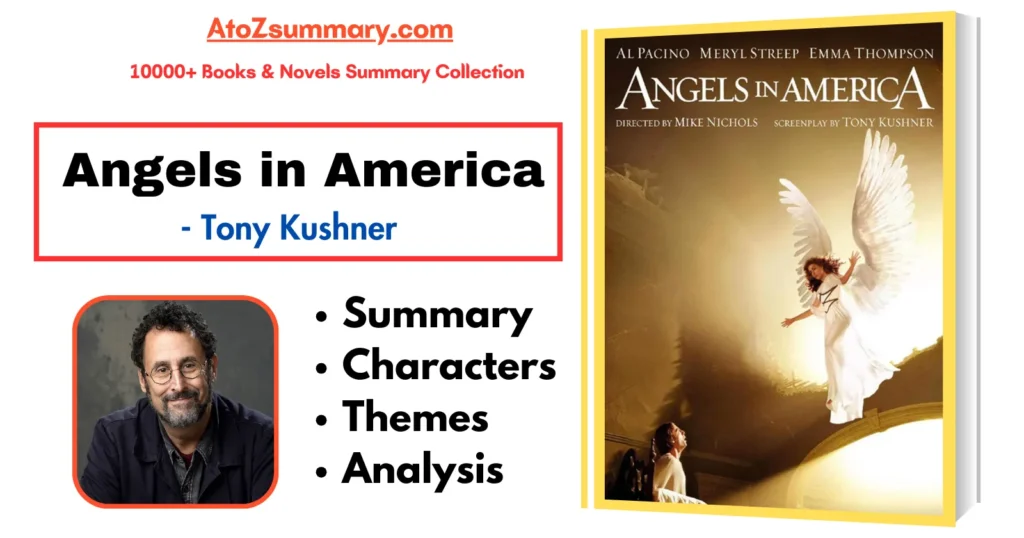
About the Poem-Howl
| Poem Title | Howl |
| Author | Allen Ginsberg |
| Genre | Beat poetry |
| Publication date | 1956 |
| Speaker | The poet, Allen Ginsberg |
| Setting | America in the 1950s |
| Subject | The speaker’s lament for the lost generation of Beat poets and his condemnation of American society |
| Themes | Alienation, conformity, materialism, spirituality, sexuality |
Howl Summary & Analysis
Part I
The first part of “Howl” introduces the reader to a nightmarish vision of the post-World War II American landscape. It begins with the iconic line, “I saw the best minds of my generation destroyed by madness, starving hysterical naked.” Ginsberg laments the loss of creativity and vitality among his contemporaries, attributing it to societal pressures and conformity. The poem portrays a bleak image of urban life, referencing drug addiction, mental illness, and sexual repression. Ginsberg touches on his own experiences and those of his friends and peers who struggled with the harsh realities of the time.
Part II
The second part delves deeper into the personal experiences of the poet and his circle. Ginsberg celebrates individuality and freedom, even if it means challenging conventional norms. He writes vividly about his own homosexual experiences, painting a picture of a society that represses and criminalizes such relationships. The poem also addresses the destructive impact of industrialization and consumerism, with references to Moloch, an ancient god associated with child sacrifice, representing the dehumanizing forces of capitalism.
Part III
The third and final part of “Howl” moves toward a more hopeful and spiritual tone. Ginsberg offers a vision of transcendence and release from the societal and personal demons he has described in the previous sections. He refers to a “Footnote” that reflects his belief in the possibility of enlightenment and a deeper connection with the universe. It’s a call to embrace a more spiritual and less materialistic way of life.
How FAQs
Why was Howl so controversial?
The poem “Howl” by Allen Ginsberg is about the speaker’s lament for the lost generation of Beat poets and his condemnation of American society.
Is Howl a religious poem?
No, Howl is not a religious poem; it primarily addresses societal and personal struggles rather than religious themes.
Why is it called Howl?
It’s called “Howl” because it represents the primal, unbridled outcry against societal and personal oppression, symbolized by the word’s raw, animalistic, and cathartic connotations.
Who is named as the evil antagonist in Howl?
The evil antagonist is symbolically represented as “Moloch,” a reference to the dehumanizing forces of capitalism and industrialization.
What does howl mean in the Bible?
In the Bible, to howl is to express grief, sorrow, or lamentation. It can also be a sign of anger or protest.
Who was Howl in love with?
The speaker of the poem is in love with many people, including his friends, his lovers, and his vision of a better world.
Why does Howl want to be beautiful?
The speaker of the poem is deeply committed to his art and to his vision of a better world. He sees beauty as a way to transcend the suffering and injustice of the world. In the line “who want to be beautiful even if it takes all the time in the world,” the speaker is suggesting that the pursuit of beauty is a worthy endeavor, even if it is difficult and time-consuming.
What happens to Howl in the end?
In the end of “Howl”, Ginsberg seeks transcendence and spiritual awakening, embracing a more hopeful and less materialistic outlook.






![The Catcher In The Rye Summary, Themes & Characters [by J. D. Salinger] The Catcher In The Rye Summary, Themes & Characters [by J. D. Salinger]](https://atozsummary.com/wp-content/uploads/2023/06/The-Catcher-In-The-Rye-Summary-Themes-Characters-by-J.-D.-Salinger.webp)



